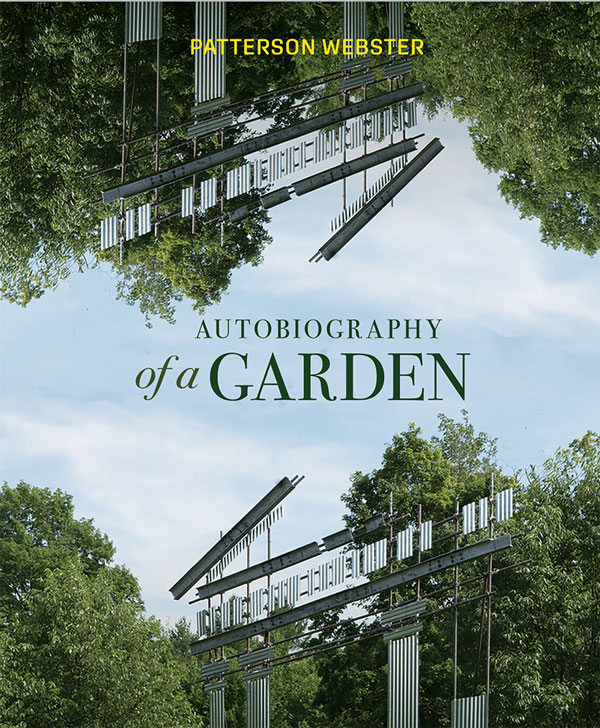This special blog post is an excerpt from Autobiography of a Garden, the book about the creation and development of Glen Villa Art Garden, published by McGill-Queen’s University Press.
Questions to Ask Yourself When Visiting a Garden
Context
- How does the garden relate to the world around it?
- Is the location special in some way? What is its history?
- Who built the garden? When?
- What was the designer’s objective? What resources were available?
- Is the garden part of a larger landscape or separated from it by fences, walls or hedges?
- Does the site dominate the garden, is the garden imposed on the site, or are the two in balance?
Garden overview
- What challenges does the site offer? (Soil, climate, wind, predators and other animals)
- Is the land well-used and well-managed? Are opportunities missed?
- Is the garden ecologically sensitive?
- Is the site flat or hilly? Has the topography been altered?
- Is the garden large or small? Is it a single space or divided into ‘rooms’?
- Does the garden have a particular style? (Theatrical, domestic, grand, full of fantasy or quietly contained? Symmetrical or asymmetrical? Bold gestures or a garden of details?)
- Does the garden convey a particular atmosphere?
- Is there a theme that holds the garden together? Is the theme obvious or subtle? How is the theme conveyed? Are extraneous or irrelevant details eliminated?
- Is the garden predictable or full of surprises? Does the balance feel right?
Layout
- Are the house and garden close together or separated? Are there other outbuildings?
- Does the garden direct you in a particular way or are you free to wander?
- Are paths straight or curved? What are they made of?
- Is there variation within the garden? Is there enough or too much? Is there movement from light to dark? Is there a single colour palette or multiple colours? Are there both open and closed spaces? Are transitions from one space to another always handled in the same way? Are divisions within the garden always the same size?
- Does the garden hold together? Is there a theme? Is it a plant, a colour, a shape, an idea?
Elements within the garden
- Plants: What kind of plants are used and how are they placed within the garden or arranged within a border? Are there variations in colours, textures, height, structure (solid, leafy, spiky, globular)? Are plants massed or arranged as single specimens?
- Hardscaping: What types of materials are used, and how? What is the effect of choices? Does hardscaping blend or contrast with natural landscape?
- Water: Is it present? What is the effect of its use? Is it fast- or slow-moving? Is there a large surface like a lake or smaller one like a stream? Does water add sound? Does it reflect surroundings and sky?
- Art: Is art used? What kind? How does it relate to other elements within garden?
Overall
- Can you sum up your overall impression of the garden in a word or a sentence or two?
- What kinds of associations does the garden conjure up?
- What emotions does the garden evoke in you? What causes that response?
Keeping these questions in mind when you visit a garden or reviewing them after a visit may help you to ‘see’ the garden more completely, to understand its structure and design, and to appreciate it both mentally and emotionally.
Autobiography of a Garden is available from the publishers, online through many sources nd at fine bookstores everywhere.





